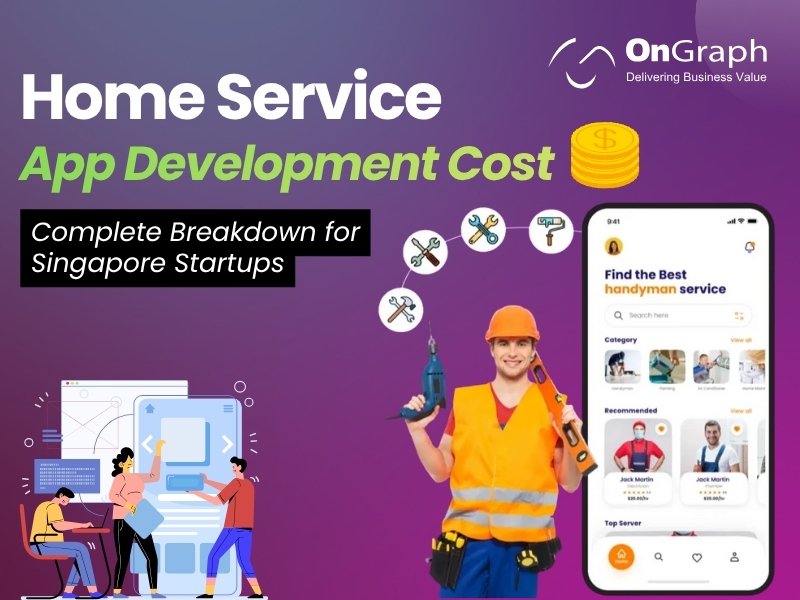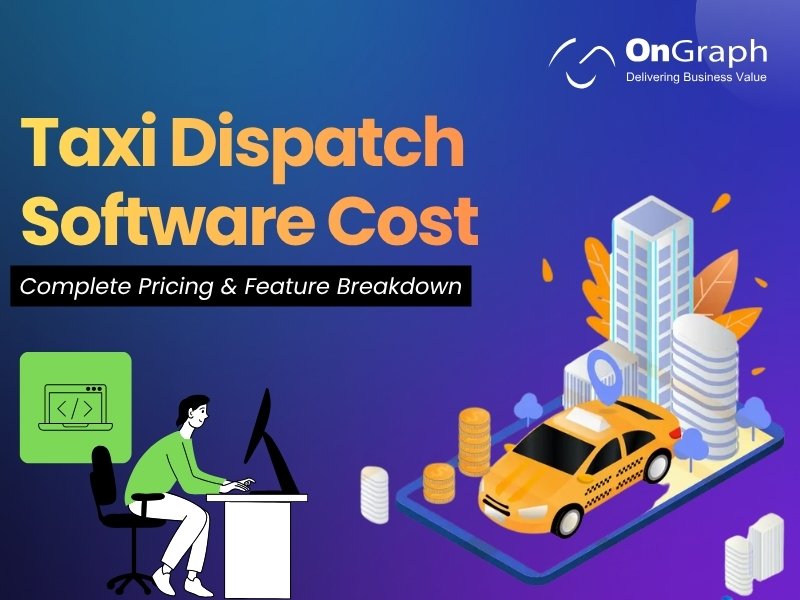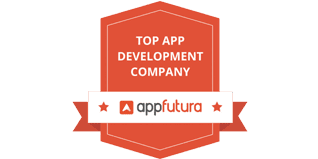In this article
- Market Insights: Why Home Service Apps Are Booming in 2025
- Average Home Service App Development Cost in 2025
- Core Features That Influence Home Service App Development Cost
- Case Example: Singapore-Based On-Demand Cleaning Platform
- Cost Comparison by Service Type
- Cloud Hosting, Maintenance & Post-Launch Costs
- Technology Stack & Cost Impact
- Security & Compliance
- Role of AI in Home Service Apps
- Cost Optimization Tips
- Future Trends Affecting Cost Beyond 2025
- Final Thoughts
If you are planning to digitize your home service business or build an on-demand platform like Urban Company or Thumbtack, one of your first questions will be: “What is the home service app development cost in 2025?”
The short answer: it depends on your feature set, business model, and region of development. The long answer — which we’ll explore here — involves multiple variables, including technology stack, payment integration, scalability, and maintenance.
This comprehensive guide explains realistic pricing, feature-based breakdowns, and expert tips to help startups in Singapore (and globally) plan their budgets wisely.
Market Insights: Why Home Service Apps Are Booming in 2025?
According to Statista, the global home service market is projected to reach USD 1.57 trillion by 2027, with the Asia-Pacific region contributing nearly 35% of the growth.
Singapore, being a highly connected digital economy, has become one of the most promising markets for on-demand home services — from cleaning and plumbing to tutoring, beauty, and handyman jobs.
The post-pandemic behavior shift toward “book anytime, pay online, track progress” has turned home service platforms into a necessity.
Businesses that once relied on word-of-mouth are now investing heavily in apps to automate scheduling, payments, and customer communication.
However, launching a platform in 2025 means factoring in increased competition, higher user expectations, and integrations with AI and automation tools — all of which influence the home service app development cost.
Average Home Service App Development Cost in 2025
The home service app development cost varies significantly depending on app type and complexity.
Here’s a quick overview:
| App Type | Complexity Level | Estimated Cost (USD) | Development Time (Weeks) |
| Basic MVP (1–2 services) | Simple | $20,000 – $35,000 | 6 – 10 weeks |
| Mid-Level App (multi-service, admin + provider) | Medium | $45,000 – $90,000 | 10 – 18 weeks |
| Full-Feature App (AI, analytics, wallet, CRM) | Advanced | $100,000 – $250,000+ | 20 – 28 weeks |
For startups in Singapore, labor and compliance costs tend to push these numbers toward the higher end.
Outsourcing to an experienced Home Services App Development Company in India or Eastern Europe can reduce total cost by 35–60% without compromising quality.
Core Features That Influence Home Service App Development Cost
The more powerful and customizable your app, the higher the development cost. Below are the key feature sets and their estimated impact.
1. User App Features (Customer Side)
- Easy registration (email/phone/social login)
- Service search & category filters
- Instant booking and scheduling
- In-app chat with provider
- Real-time tracking of assigned professionals
- Payment gateway (PayNow, Stripe, PayPal, etc.)
- Rating & review module
Estimated cost: $10,000 – $20,000
2. Provider App Features (Service Partner Side)
- Registration & document verification
- Slot and availability management
- Earnings dashboard
- Job request acceptance/rejection
- In-app messaging
- Ratings and feedback visibility
Estimated cost: $12,000 – $25,000
3. Admin Panel Features
- Centralized dashboard (overview of all activities)
- Add/edit service categories (like cleaning, plumbing, nanny)
- Manage provider profiles and permissions
- Set hourly rates and dynamic pricing
- Manage transactions, payouts, and disputes
- Generate analytics and reports
Estimated cost: $10,000 – $30,000
Pro Tip: For Singapore startups, ensuring the admin panel allows “title” and “rate” editing (for example, changing ‘electrician’ to ‘retail assistant’) is crucial for localization. This flexibility adds moderate customization cost but provides long-term savings.
4. Advanced Modules (Optional but Valuable)
- AI-based provider matching
- Predictive scheduling
- Customer subscription model (monthly cleaning packages)
- Loyalty points and promo code system
- Multi-language and currency support
- Analytics dashboard with KPI insights
Estimated cost: $25,000 – $80,000
These advanced modules make the app more appealing to investors and increase operational efficiency — but they also push up your home service app development cost.
Case Example: Singapore-Based On-Demand Cleaning Platform
Let’s consider a Singapore startup that wants to build a house cleaning app targeting residential and small office clients.
Requirements:
- Admin-managed provider onboarding (face-to-face verification)
- Hourly rate model fixed by admin
- Customer web portal (browser-first)
- Mobile-friendly provider dashboard
- PayNow QR integration for invoices
- Reports for reconciliation and accounting
Estimated Development Scope:
- Web + mobile hybrid app (React or Flutter)
- Admin dashboard for role-based access
- Payment webhook integration
- Invoice automation & analytics
Total cost: $55,000 – $85,000 (SGD ~75,000 – 115,000)
Timeline: 14–18 weeks
This mid-tier budget is realistic for startups balancing control, automation, and scalability.
Cost Comparison by Service Type
| App Type | Estimated Cost Range (USD) | Example Features |
| House Cleaning App Development | $25,000 – $60,000 | Schedule cleaners, manage hourly rates, in-app payments |
| Handyman App Development Cost | $35,000 – $80,000 | Job tracking, estimates, service categories |
| Plumber/Electrician App | $30,000 – $70,000 | Route optimization, emergency booking |
| Beauty & Spa Booking App | $30,000 – $75,000 | Staff management, salon CRM, appointment reminders |
| Tutor/Nanny Booking App | $40,000 – $85,000 | Verification system, ratings, recurring sessions |
In each case, integration of AI in Home Service App (e.g., predictive scheduling, chatbot booking) can increase cost by 15–25%.
Cloud Hosting, Maintenance & Post-Launch Costs
After your initial build, you’ll incur operational and support costs.
A good estimate: 15–20% of your total project cost per year.
| Expense Type | Monthly Range (USD) | Description |
| Server Hosting | $100 – $600 | AWS / Google Cloud for data storage |
| App Maintenance | $500 – $2,000 | Bug fixes, upgrades, and version updates |
| Marketing & SEO | $300 – $1,000 | Ads, app store optimization |
| Customer Support | $300 – $700 | Chat, call, or ticket-based support |
Planning these ahead ensures your app remains stable and competitive.
Technology Stack & Cost Impact
Choosing the right tech stack affects performance and pricing.
| Component | Recommended Technology | Purpose |
| Frontend | React / Flutter / Vue.js | Web & cross-platform app |
| Backend | Node.js / Laravel / Python | Business logic & APIs |
| Database | MongoDB / PostgreSQL | Data storage |
| Real-Time | Firebase / WebSocket | Live tracking & notifications |
| Payment | Stripe / PayNow / Razorpay | Transaction handling |
| Hosting | AWS / Google Cloud | Scalability & uptime |
Using modern, cloud-native frameworks shortens time-to-market and optimizes cost over time.
Security & Compliance
Singapore has strict PDPA (Personal Data Protection Act) compliance requirements. Apps must securely handle:
- User personal information (address, phone, etc.)
- Provider documentation (NRIC/passport)
- Payment and banking data
Developers must implement:
- HTTPS encryption
- Role-based access
- Secure APIs
- Data encryption at rest
These features may slightly increase the overall home service app development cost, but they’re essential for credibility and compliance.
Role of AI in Home Service Apps
AI integration is now transforming how on-demand apps function. While optional, it adds tangible benefits.
Use Cases:
- Smart Matching: Suggests best provider based on rating, distance, and availability.
- Predictive Scheduling: Recommends ideal slots for high-demand hours.
- Chatbots: Automate customer queries 24/7.
- AI Analytics: Detects fraud and optimizes workforce utilization.
While adding AI can increase the development cost by 20–30%, it enhances scalability and reduces long-term manpower needs.
Cost Optimization Tips
- Start with MVP: Build a minimum viable product first, validate with 50–100 real users, then expand.
- Use White-Label Base: Partner with a Home Services App Development Company offering ready templates.
- Automate Repetitive Workflows: Use APIs for billing, invoices, and SMS instead of custom code.
- Outsource Smartly: Offshore development can save 40–50%.
- Plan for Scalability: Choose modular architecture to add features later without rebuilding everything.
These steps can reduce total home service app development cost by up to 35%.
Future Trends Affecting Cost Beyond 2025
- AI-Powered Dispatching: Instant assignment based on provider proximity and reviews.
- Subscription Models: Customers opting for monthly or quarterly cleaning/repair packages.
- Green Tech Integrations: Eco-friendly service tracking and sustainability scoring.
- AR for Virtual Estimates: Augmented reality previews for furniture setup or decor jobs.
- Blockchain Verification: Secure record-keeping of provider certifications and payments.
Adopting future-ready technology will slightly increase upfront investment but ensures long-term competitiveness.
Final Thoughts
The home service app development cost in 2025 can range from $25,000 for a simple MVP to over $250,000 for enterprise-scale solutions.
Your pricing depends on:
- App complexity and feature set
- Platform choices (web, Android, iOS, or hybrid)
- Vendor region and expertise
- Integration depth (AI, analytics, payment)
If you’re launching in Singapore, prioritize admin control, local payment integration, and browser-first experience. Partner with a Home Services App Development Company that offers both customization and support, so you maintain flexibility without overspending.
FAQs
The average cost ranges from $45,000 to $120,000 for a mid-level app with admin and provider panels. However, simpler MVPs can start at $25,000, and advanced AI-enabled platforms can exceed $200,000.
A handyman app requires multiple service categories (electrical, carpentry, plumbing), complex job scheduling, and dynamic pricing. A house cleaning app usually follows a simpler hourly model — hence the cost difference.
AI increases the initial cost by 20–30% but enhances automation, personalization, and predictive efficiency. Long-term, it reduces support costs and improves ROI through smarter operations.
A basic MVP may take 8–10 weeks, while a mid-complex app needs 16–20 weeks. Large enterprise-grade apps with advanced modules can take 6–9 months, depending on team size and scope.
Hidden costs include maintenance, hosting, app store fees, API renewals, customer support, and marketing campaigns. Always allocate 15–20% of your development budget annually for post-launch operations.
- Use cross-platform technologies like Flutter or React Native.
- Launch MVP first, then scale features later.
- Opt for white-label or modular solutions.
- Outsource development to experienced offshore teams with proven track records.
Look for:
- Proven portfolio in on-demand platforms
- In-house team for frontend, backend, and UI/UX
- Transparent pricing & documentation
- Post-launch support commitment
Understanding of local compliance and payment systems
About the Author
Let’s Create Something Great Together!
Latest Blog















